Burrowing parrot
191220
Description
Burrowing Parrot (Cyanoliseus patagonus)
Habitat and Distribution:
-
Native Range: The Burrowing Parrot is native to the southern regions of South America, specifically in parts of Argentina, Chile, and Uruguay. It is commonly found in the Patagonian region.
-
Habitat: As the name suggests, the Burrowing Parrot is known for its unusual nesting behavior. It prefers to live in open plains, grasslands, and deserted areas with relatively sparse vegetation. These parrots often nest in burrows, typically created by mammals like prairie dogs, or in cliffs and riverbanks where they dig their own nesting cavities.
Appearance:
-
Size: The Burrowing Parrot is a medium-sized parrot, measuring about 30-34 cm (12-13 inches) in length.
-
Coloration: The Burrowing Parrot has a distinctive and striking appearance. Its feathers are predominantly green with a blue patch on the wings and a yellowish-green belly. The face and head have greyish tones, with an overall mottled appearance. It also has red markings on its wings and tail, adding to its vibrancy.
-
Sexual Dimorphism: Like many parrot species, males and females look quite similar, though females may be slightly smaller or less vivid in color.
Behavior:
-
Nesting Behavior: The Burrowing Parrot’s most unique feature is its burrowing nesting habits. They are known to nest in holes or tunnels, which they either dig themselves or take over from other animals like prairie dogs or small mammals. This behavior helps protect them from predators and the harsh environment. These birds often nest in colonies, with many burrows in close proximity to one another.
-
Social Structure: These parrots are social birds, usually found in small to medium-sized flocks. They are often observed foraging together, and during the breeding season, they maintain close proximity to each other in their burrow colonies.
-
Communication: Burrowing Parrots are relatively noisy, emitting various calls and vocalizations, which are used to communicate with other members of their flock. These vocalizations can range from squawks to whistles, especially when alerting other birds to potential threats or when trying to attract a mate.
Diet:
-
Burrowing Parrots are omnivorous, feeding primarily on seeds, fruits, nuts, and berries. They also consume some plant material and may occasionally forage for insects. In their natural habitat, they are often seen feeding on the ground, where they search for seeds and fruits that are accessible.
Breeding:
-
Nesting: As mentioned earlier, Burrowing Parrots nest in burrows, typically in groups or colonies. The female lays around 3-5 eggs, and both parents share the responsibility of incubating the eggs and protecting the nest.
-
Incubation and Chick Rearing: The eggs typically hatch in about 23-25 days, and both parents feed the chicks after they hatch. The chicks grow rapidly and are ready to leave the nest after about 6-8 weeks.
Personality and Temperament:
-
Intelligent and Curious: The Burrowing Parrot is an intelligent and curious bird, which makes them very engaging in both the wild and when kept in captivity. They are known to interact with their environment and other members of their species, displaying problem-solving skills.
-
Social and Affectionate: These parrots tend to be social, thriving in groups. While they may bond with a mate, they also enjoy interaction with other birds. In captivity, they can form strong bonds with their human caretakers if given the right attention and care.
-
Noisy: While not as loud as some larger parrot species, Burrowing Parrots are still quite vocal. They communicate frequently with other parrots, especially in their colonies, and may also make loud calls in response to excitement or potential danger.
Care in Captivity:
-
Diet: In captivity, Burrowing Parrots should be fed a balanced diet consisting of high-quality parrot pellets, along with fresh fruits, vegetables, and occasional nuts and seeds. They need a diet rich in vitamins and minerals to stay healthy.
-
Space: As they are naturally social and active, Burrowing Parrots need a spacious cage and access to a safe outdoor space for daily exercise. If possible, a large aviary is ideal for them to fly and interact with other birds.
-
Mental Stimulation: These parrots are highly intelligent and will require mental stimulation to prevent boredom. Provide them with interactive toys, foraging opportunities, and puzzle feeders to keep their minds engaged. Regular social interaction and enrichment activities are essential for their well-being.

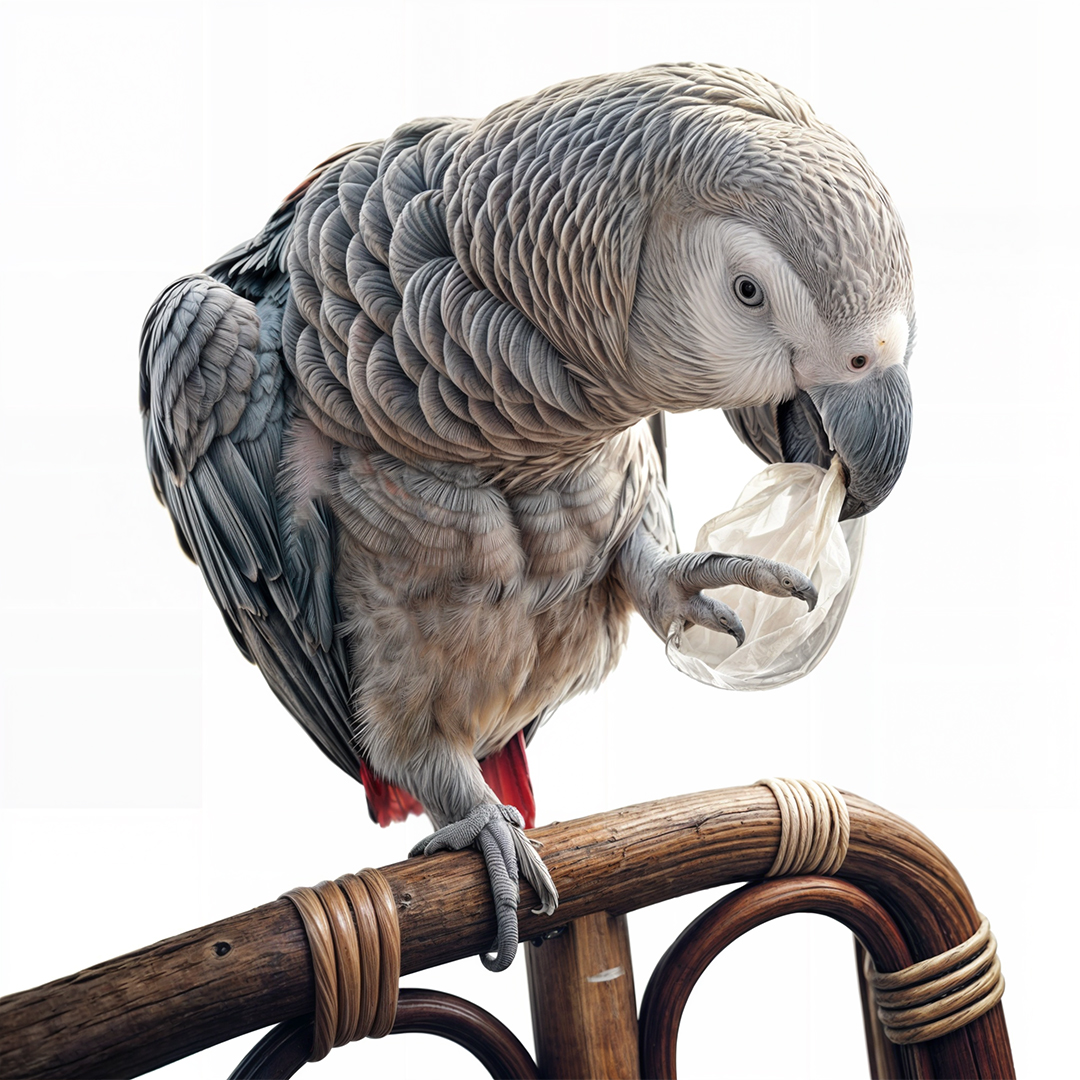
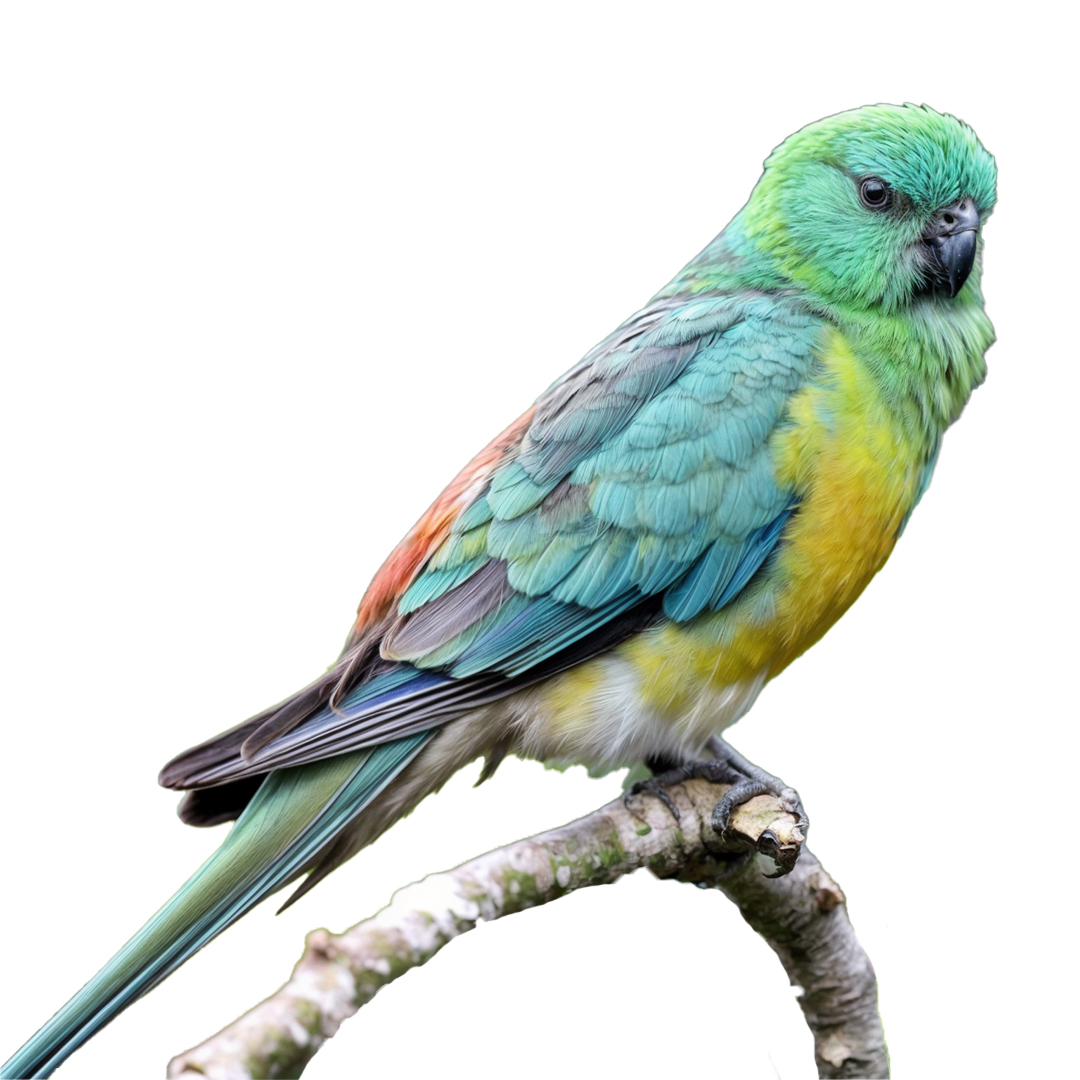
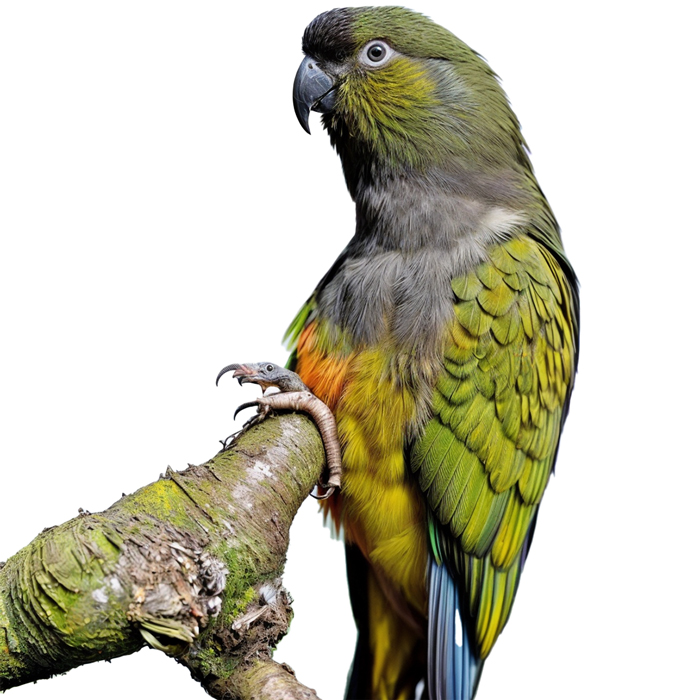


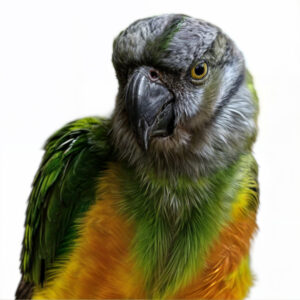


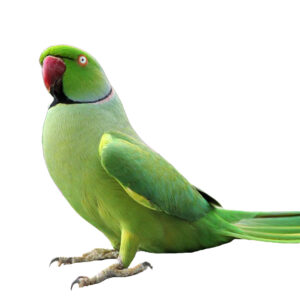


Reviews
There are no reviews yet.